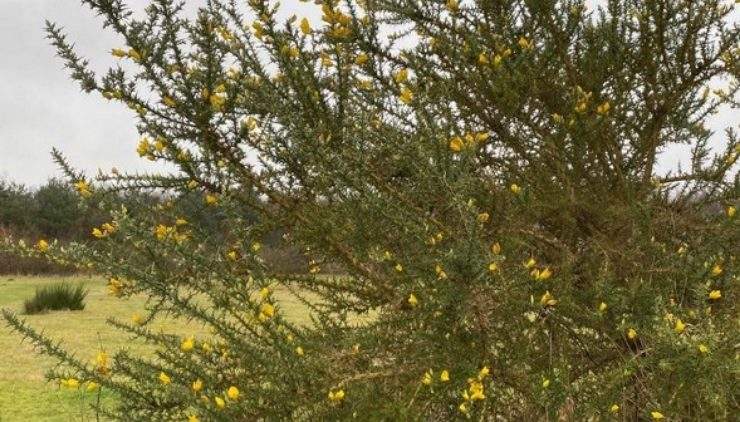Summer Wildlife Blog
- Categories:
- Wildlife
The season started off so well with a glorious March and then with the hosepipe in place it just kept on raining and raining!
Eventually in August the weather did improve and for much of the school holidays the weather was not bad at all if not a BBQ summer! September has been generally very pleasant with some hot days. So what has this changeable weather meant for wildlife at Kelling and further afield?
The wet early summer was excellent for slugs and snails, which may not sound great news but it did mean there was plenty of food for hedgehogs to eat. At Kelling many visitors saw or heard hedgehogs and judging by the profusion of droppings it looks like hedgehogs had a good early breeding season. This is great news as hedgehog numbers across the UK have been plummeting for a number of years and they need all the help they can get. The second hedgehog litters are normally born in September and it is too early to say how well they are doing but it is always a struggle for them to reach the critical 600g weight they need to survive hibernation before the cold weather sets in. Do remember that bread and milk is bad for hedgehogs and if you want to leave food out for them it is best to provide them with tinned dog food or dried food such as Spikes Dinner that has been specially formulated for them.
In contrast the early summer weather was bad news for butterflies with few sightings and low numbers of most species reported. However in recent weeks there has been something of an influx of red admirals, commas and very pleasingly even a few small tortoiseshells which is a species that is in rapid overall decline. This general pattern was similar in dragonflies with low numbers and diversity early in the season but plentiful migrant hawkers and common darters in late August and September.
We have had another good season of bat walks although we started later this year due to the weather, the conditions during the main summer holiday period were generally very good with few wet and windy evenings which are never very productive. The early summer weather is likely to have impacted on the breeding success of bats but hopefully the next few weeks will be good so that they can feed up well prior to their hibernation period. During the walks we had more sightings of Daubenton and Natterers than usual but brown long ears were infrequent and noctules were few and far between which is puzzling.
It was very noticeable that nightjars were seen and heard later in the season than is usually the case and this was a real bonus for many visitors who in many cases had their first encounter with this evocative heathland bird.
It is great news that Kelling once again has a potential breeding pair of red squirrels in the aviary after acting as a holding pen for two males this year. A female from Cornwall has joined one of our males whilst the other male has made the reverse journey to the South West to meet up with a Cornish lady. We are keeping our fingers crossed that they will breed next spring. It has been very encouraging to hear that the squirrels released in Anglesey from squirrels bred in Norfolk are doing very well and future release sites are being considered on the Welsh mainland. Kelling has been part of the breeders group for many years and we are delighted to be able to contribute to this vital conservation work.
Soon it will be the peak fungi season and we are hoping that this autumn will be spectacular after a very limited display last year. The next few weeks are critical, if it is warm and wet there should be a good display but if it is cold and dry then many of the larger, well known species may not show. Already I have seen several fly agarics, charcoal burners and common puffballs so it is looking promising. The intention is once again to run one or two fungi walks at half term.
Now we are seeing the first skeins of wild geese and their eerie calls are so evocative of the arrival of autumn. A few days ago I saw my first bramblings and siskins of the season which is another sign of the onset of cooler weather and contrasted with the plaintive late summer song of the chiffchaff and the gathering swallows preparing to head south.


